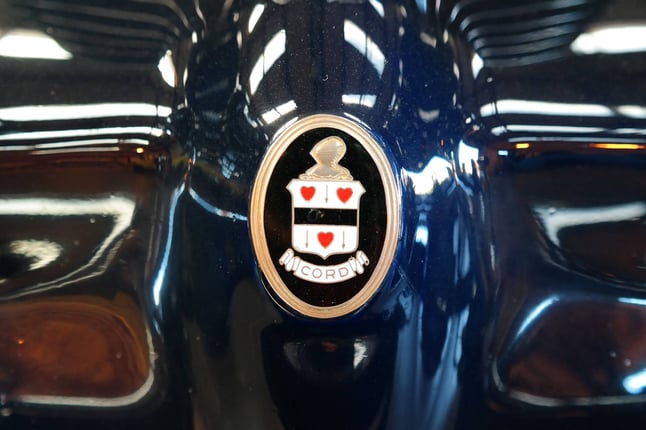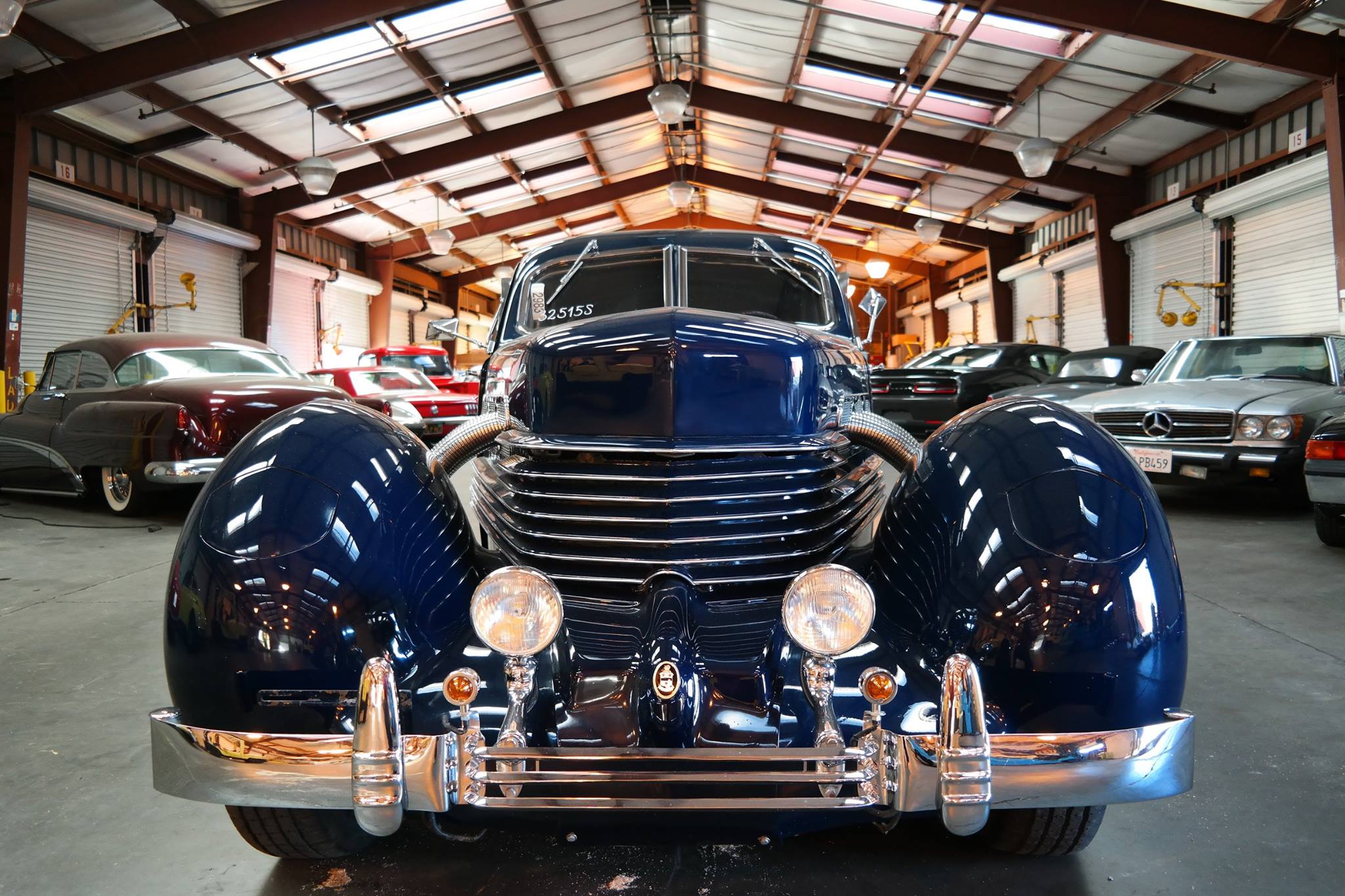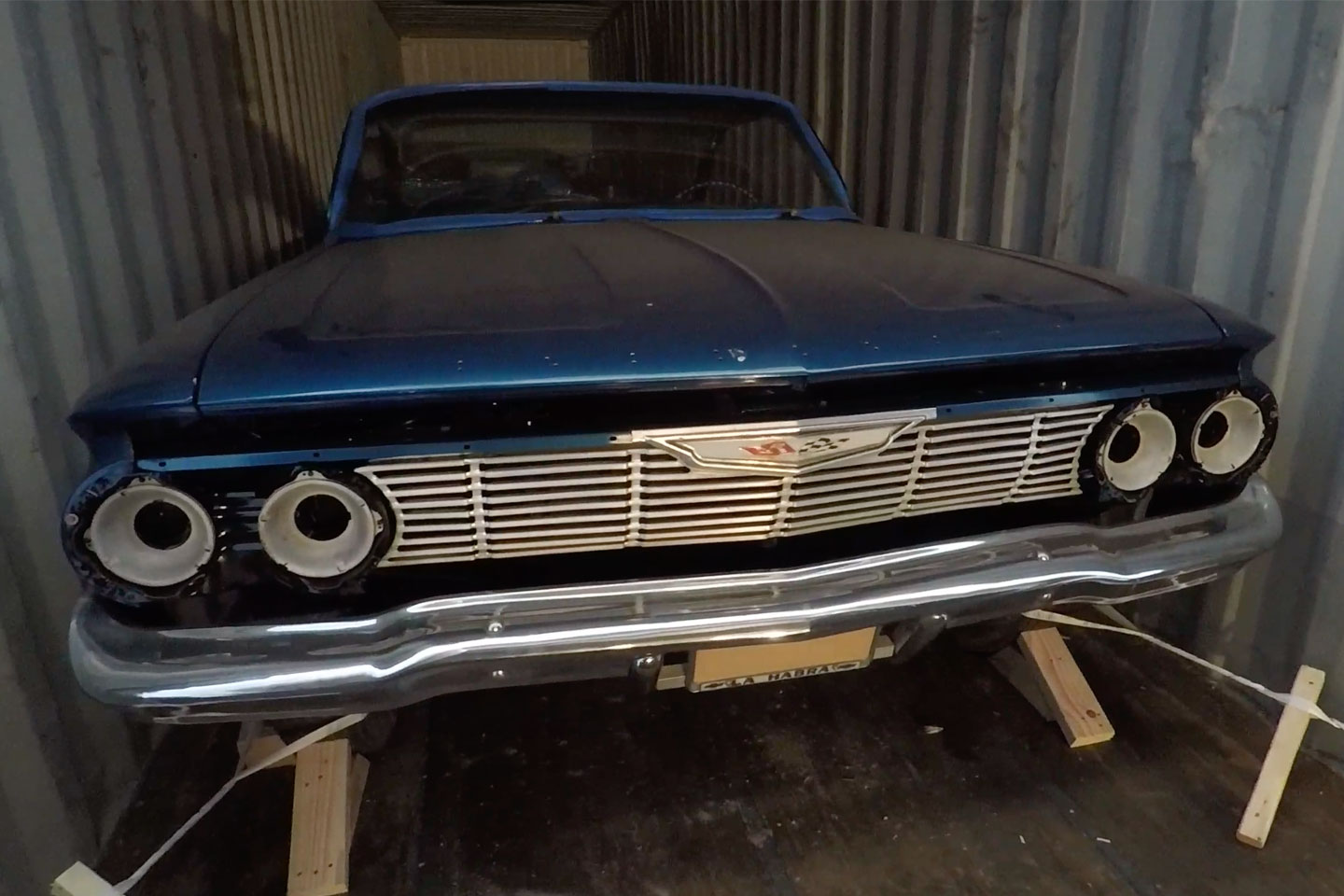American Oldtimer imported into Germany
When Cord Automobile unveiled their first model in 1935, it caused a commotion at the New York Autoshow. A dense crowd of enthusiastic attendees immediately surrounded the car putting it out of view. Those who wanted to catch a glimpse of the car and its coffin-nose grille climbed surrounding cars trying to get a view.
Many orders were placed, and Cord promised to produce 1,000 cars per month. But as with many new automotive brands in history - they failed to deliver. Issues with the semi-automatic transmission and vapor lock proved too troublesome for buyers, and enthusiasm quickly died out. During the first production year of 1936, Cord sold just 1,174 cars. And in 1937, even with the introduction of a Supercharged model, they produced 3,000 cars before canceling the project altogether.

Cord's unique styling continues to be appreciated today. In 1996, the American Heritage magazine hailed the Cord 810 as ‘The Single Most Beautiful American Car’.

The vehicle you see in the pictures here was one of the Supercharged cords built in 1937. The classic car shipped to Germany from the USA.
Shipping a classic car from the United States to Germany can be a daunting process, but with the right preparation and guidance, it can be a smooth experience. The first step is to research and choose a reputable shipping company that specializes in classic car transportation. You'll want to ensure that they have experience with international shipping and are knowledgeable about the specific regulations and requirements for importing a classic car into Germany.
Before shipping, you'll need to gather all the necessary documentation, including the vehicle's title, bill of sale, and any customs paperwork. It's also important to thoroughly clean and inspect the car, taking note of any pre-existing damage. You may also need to make modifications to the car to ensure it meets Germany's safety and emissions standards.
Once your car is ready to ship, it will be loaded onto a container ship and transported across the Atlantic. During transit, the car will be secured and protected to prevent any damage during transport. Upon arrival in Germany, the car will need to pass through customs, which can be a lengthy process. You may also need to pay import fees and taxes before the car can be released.
Overall, shipping a classic car from the US to Germany requires careful planning and attention to detail. With the right preparation and guidance, however, it can be a rewarding experience to bring a piece of automotive history to a new country.










